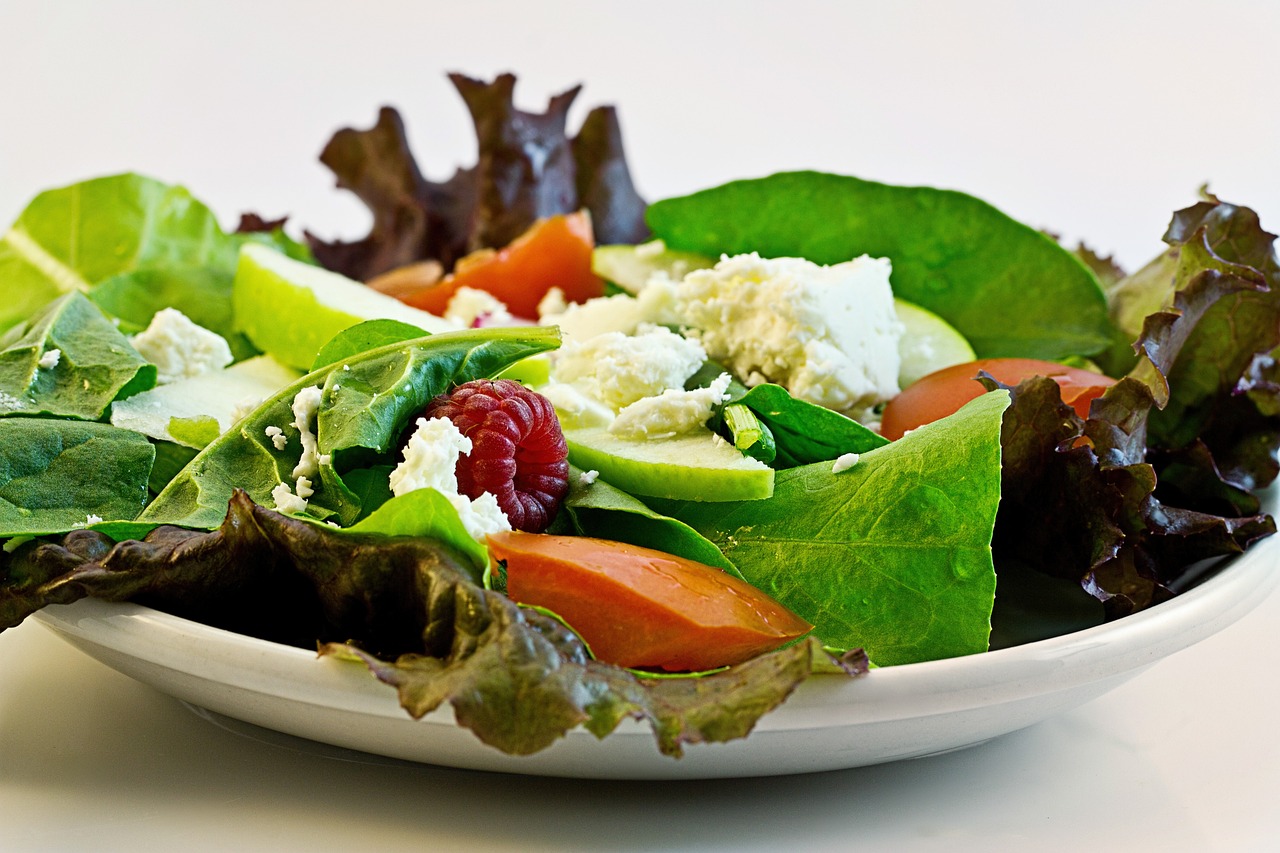Weight loss is a common goal for many people around the world, but achieving it requires a multifaceted approach. From […]
Weight loss is a common goal for many people around the world, but achieving it requires a multifaceted approach. From understanding the underlying causes to adopting effective strategies, this guide covers everything you need to know about weight loss.
Understanding Weight Loss
Causes of Weight Gain
- Genetics: Family history can play a significant role in your propensity to gain weight.
- Environmental Factors: Your surroundings, including access to healthy food and exercise facilities, influence your weight.
- Lifestyle Choices: A sedentary lifestyle, poor diet, and lack of physical activity contribute to weight gain.
- Medical Conditions: Hormonal imbalances, thyroid issues, and certain medications can lead to weight gain.
Statistics
- According to the World Health Organization, obesity rates have tripled since 1975.
- In the United States, over 42% of adults are considered obese.
Who is Considered Overweight or Obese?
Metrics and Measurements
- Body Mass Index (BMI): A BMI of 25-29.9 is considered overweight, and a BMI of 30 or above is classified as obese.
- Body Fat Percentage: For men, a body fat percentage over 25% is considered obese. For women, it’s over 32%.
- Waist Circumference: A waist measurement of more than 40 inches in men and 35 inches in women can indicate a higher risk of obesity-related health problems.
Ideal Body Fat and Muscle Percentages
- Men: 8-19% body fat, with muscle mass making up about 40-50% of body weight.
- Women: 21-33% body fat, with muscle mass making up about 30-40% of body weight.
Effective Weight Loss Strategies
Nutrition
- Balanced Diet: Incorporate a variety of foods to ensure you get all essential nutrients.
- Calorie Counting: Monitor your calorie intake to ensure you are in a calorie deficit.
- Hydration: Drink plenty of water to stay hydrated and support metabolic functions.
- Whole Foods: Focus on whole grains, lean proteins, fruits, and vegetables.
Good Meals for Weight Loss
- Breakfast: Oatmeal with fruits, Greek yogurt with berries, scrambled eggs with spinach.
- Lunch: Grilled chicken salad, quinoa bowl with vegetables, whole grain sandwich with lean turkey.
- Dinner: Baked salmon with asparagus, stir-fried tofu with broccoli, lean beef stew with carrots.
Foods to Avoid
- Sugary Drinks: High in empty calories.
- Processed Foods: Often high in sugar, fat, and sodium.
- Fast Food: Typically calorie-dense and low in nutrients.

Medications
- Prescription Drugs: Medications like orlistat, liraglutide, and phentermine can aid weight loss.
- Over-the-Counter Options: Supplements such as green tea extract and glucomannan may help, but consult a doctor first.
Alternative Treatments
- Acupuncture: Some studies suggest acupuncture can support weight loss by reducing stress and boosting metabolism.
- Herbal Remedies: Herbs like Garcinia Cambogia, green tea, and ginger are known for their weight loss properties.
- Hypnotherapy: Hypnosis can change eating habits and attitudes towards food.
Role of Exercise
Types of Exercise
- Cardio: Running, cycling, and swimming are excellent for burning calories.
- Strength Training: Builds muscle mass which increases your resting metabolic rate.
- Flexibility Exercises: Yoga and Pilates improve flexibility and reduce stress.
Exercise Plan
- Aim for at least 150 minutes of moderate aerobic activity or 75 minutes of vigorous activity per week.
- Include strength training exercises for all major muscle groups at least twice a week.
Environmental Factors and Genetics
Gender and Ethnicity
- Gender: Women may have a harder time losing weight due to hormonal differences.
- Ethnicity: Some ethnic groups are more prone to obesity due to genetic and cultural factors.
Appropriate Weight Loss Plan
Steps for Success
- Set Realistic Goals: Aim for a steady weight loss of 1-2 pounds per week.
- Track Progress: Keep a journal of your food intake and exercise routines.
- Seek Support: Join a weight loss group or seek the help of a nutritionist or personal trainer.
- Stay Consistent: Adhere to your plan and make adjustments as needed.
Risks and Advantages
- Risks: Rapid weight loss can lead to muscle loss, nutritional deficiencies, and gallstones.
- Advantages: Improved cardiovascular health, better mood, increased energy, and reduced risk of chronic diseases.
Diseases Related to Obesity
- Type 2 Diabetes: Excess weight is a major risk factor for developing diabetes.
- Heart Disease: Obesity increases the risk of hypertension, high cholesterol, and heart disease.
- Sleep Apnea: Extra weight can obstruct your airway during sleep.
Foods and Calories
Healthy Food Choices
- Lean Proteins: Chicken, fish, beans, and legumes.
- Fruits and Vegetables: Low in calories and high in fiber.
- Whole Grains: Brown rice, oats, and whole wheat products.
Risky Substances for Weight Loss
- Diet Pills: Many over-the-counter diet pills are not FDA-approved and can have dangerous side effects.
- Laxatives: Using laxatives for weight loss can lead to severe dehydration and electrolyte imbalances.
- Extreme Diets: Fad diets can result in nutrient deficiencies and are not sustainable long-term.

Weight and Metrics of Fashion Models
Typical Metrics
- BMI: Fashion models often have a BMI in the lower end of the normal range (18.5-24.9).
- Body Fat Percentage: Typically lower than the average population, often around 15-20% for women.
- Measurements: Commonly, fashion models’ measurements are around 34-24-34 inches (bust-waist-hips).
Role of Herbal Medicines
Effective Herbs
- Green Tea: Boosts metabolism and burns fat.
- Ginger: Reduces appetite and increases fat burning.
- Cinnamon: Helps regulate blood sugar levels.
New Advancements and Ongoing Research
Innovative Treatments
- Bariatric Surgery: Effective for severe obesity and includes procedures like gastric bypass and sleeve gastrectomy.
- Cryolipolysis: Also known as fat freezing, it’s a non-invasive way to target and eliminate fat cells.
- Gene Therapy: Research is underway to manipulate genes that control body weight and metabolism.
Recent Studies
- Researchers are exploring the gut microbiome’s role in obesity and how probiotics might aid weight loss.
- Studies on intermittent fasting show promising results for sustainable weight loss and metabolic health.
FAQs
How much weight can I safely lose in a month?
A: It is recommended to aim for a weight loss of 4-8 pounds per month for safe and sustainable results.
Can certain medications cause weight gain?
A: Yes, some medications like antidepressants, antipsychotics, and corticosteroids can lead to weight gain.
Is it safe to use weight loss supplements?
A: Consult with a healthcare provider before using any supplements, as their safety and efficacy can vary.
How does stress affect weight loss?
A: Stress can lead to emotional eating and increased cortisol levels, which can contribute to weight gain.
What are the best exercises for weight loss?
A: A combination of cardio, strength training, and flexibility exercises is most effective for weight loss.
What are some common risky substances people use for weight loss?
A: Diet pills, laxatives, and extreme diets are some of the risky substances and methods people might use for weight loss.
What are the typical measurements and metrics of fashion models?
A: Fashion models typically have a lower BMI and body fat percentage, with common measurements around 34-24-34 inches (bust-waist-hips).
By understanding the various factors that contribute to weight loss and adopting a comprehensive approach, you can achieve and maintain a healthy weight. Stay informed about the latest research and consult with healthcare professionals to tailor a plan that suits your individual needs.



